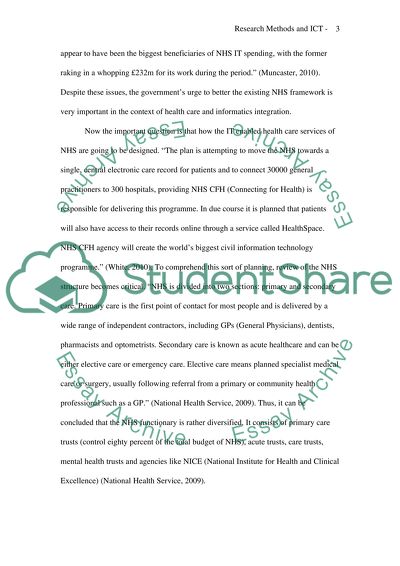Cite this document
(“Research methods and ICT Literature review Example | Topics and Well Written Essays - 1250 words”, n.d.)
Retrieved from https://studentshare.org/gender-sexual-studies/1419671-research-methods-and-ict
Retrieved from https://studentshare.org/gender-sexual-studies/1419671-research-methods-and-ict
(Research Methods and ICT Literature Review Example | Topics and Well Written Essays - 1250 Words)
https://studentshare.org/gender-sexual-studies/1419671-research-methods-and-ict.
https://studentshare.org/gender-sexual-studies/1419671-research-methods-and-ict.
“Research Methods and ICT Literature Review Example | Topics and Well Written Essays - 1250 Words”, n.d. https://studentshare.org/gender-sexual-studies/1419671-research-methods-and-ict.


